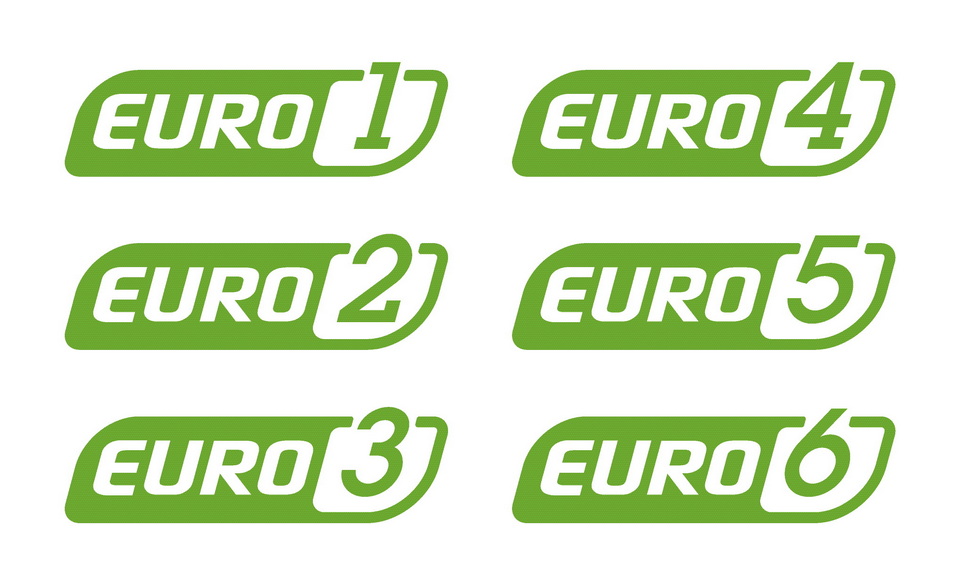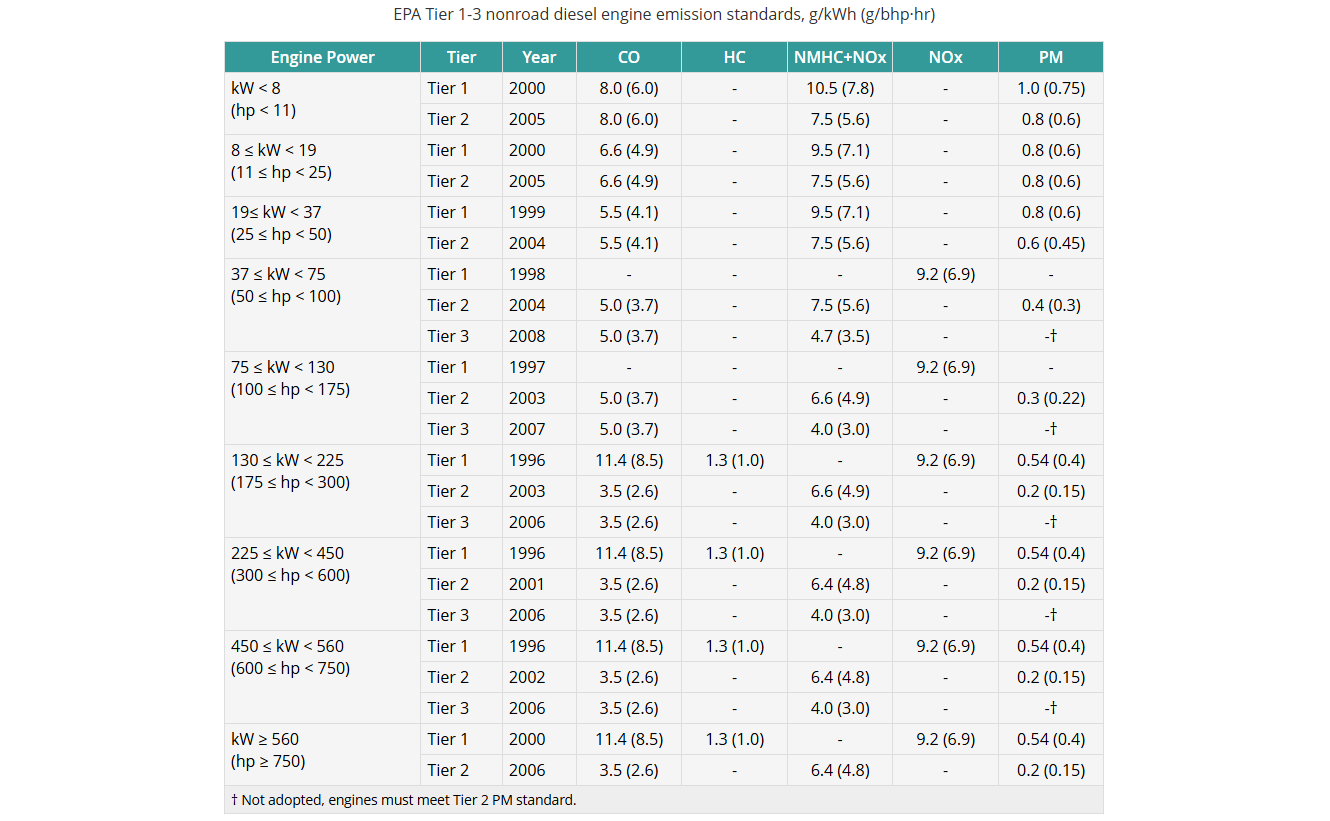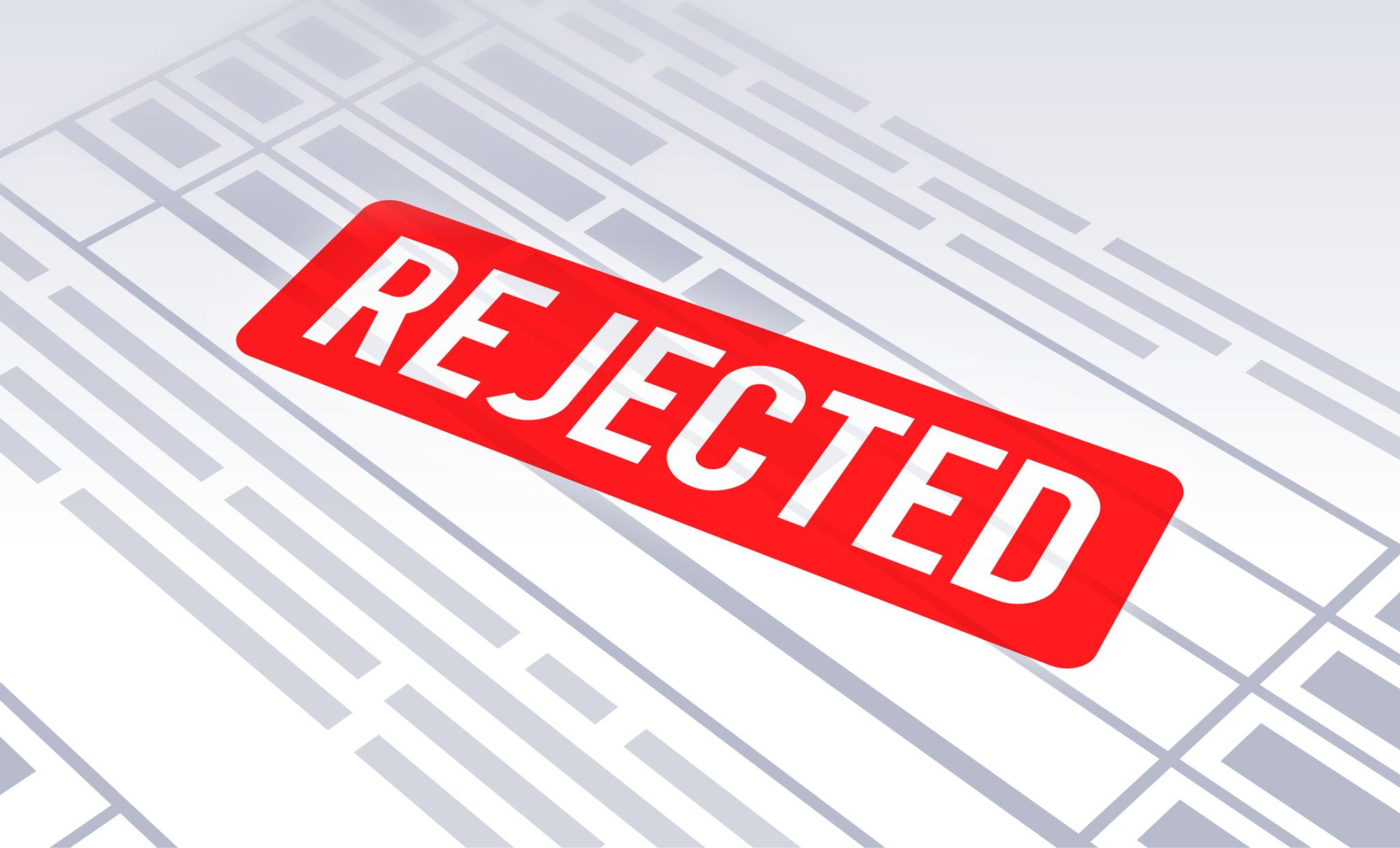
Navigating global emission rules can be confusing. Choosing a generator that doesn't meet the right standard means seized shipments, wasted money, and a damaged professional reputation.
The major global standards are the U.S. EPA Tiers1, EU Stages2, and China Non-road standards3. These frameworks set specific, legally-binding limits on pollutants and are critical for market access in most countries.

I frequently talk with project managers who are experts in power solutions but find the web of emission regulations frustrating. In LONGKAI POWER, our job isn't just to sell generators; it’s to be a partner who helps you navigate these rules successfully. Understanding these standards is not just about compliance; it's about making your projects smoother and more profitable.
Everyone knows diesel engines produce exhaust. But if you're specifying equipment, you need to know exactly what the government is regulating. This knowledge is fundamental.
Diesel engines primarily produce four regulated pollutants: Nitrogen Oxides (NOx)4, Particulate Matter (PM)5, Carbon Monoxide (CO)6, and Hydrocarbons (HC)7. Emission standards focus on limiting these outputs.

When our boss Mr.Huang founded this company, the main concerns were horsepower and fuel consumption. Today, the conversation is very different. The "why" behind these regulations is public health and environmental protection. For a product manager or a buyer, understanding what these substances are provides context for the technology inside modern engines. The after-treatment systems, like Diesel Particulate Filters (DPF)8 or Selective Catalytic Reduction (SCR)9, are complex solutions designed specifically to capture or convert these four pollutants. Knowing this helps explain why a Stage V engine costs more than a Stage IIIA one—it's packed with advanced technology to meet stricter limits.
| Pollutant | Description | Why It Is Regulated |
|---|---|---|
| Nitrogen Oxides (NOx) | Gases created during high-temperature combustion. | A primary cause of smog, acid rain, and respiratory issues. Controlling NOx is a major engineering challenge. |
| Particulate Matter (PM) | Microscopic soot particles from incomplete fuel combustion. | These fine particles are a serious health hazard, linked to heart and lung disease. |
| Hydrocarbons (HC) | Unburned fuel that is released in the exhaust stream. | Reacts with NOx in sunlight to form ground-level ozone (smog). |
| Carbon Monoxide (CO) | A toxic gas created when fuel doesn't burn completely. | It is harmful to human health as it displaces oxygen in the blood. |
You see labels like "EU Stage V," but what does that actually mean? Without understanding the limits, you can't compare engines or confirm real compliance.
Emission limits are specific maximum values, usually measured in grams per kilowatt-hour (g/kW.h), for each pollutant. Stricter standards, like EPA Tier 4 Final, have drastically lower limits for NOx and PM than older standards.

The best way to understand the impact of these standards is to look at the numbers. The limits are not arbitrary; they represent a progressive tightening of rules over time. Each new "Tier" or "Stage" forces engine manufacturers to innovate. A key detail to remember is that the limits are not the same for all engines. They are tiered based on the engine's power output (in kilowatts). A 500 kW engine has different limit values than a 50 kW engine under the same standard. When an engine manufacturer requests an emission certificate, the test report will show the measured pollutant values. Your job is to ensure these values are below the legal threshold for the specific engine size in your target country.
| Standard | NOx Limit (g/kW.h) | PM Limit (g/kW.h) | Note |
|---|---|---|---|
| Unregulated / Tier 1 | ~9.2 | ~0.54 | The baseline before modern regulations. |
| EU Stage IIIA / EPA Tier 3 | ~4.0 | ~0.20 | A significant reduction from the baseline. Still common in less-regulated regions. |
| EU Stage V / EPA Tier 4 Final | ~0.4 | ~0.015 | A >90% reduction from previous levels. Requires advanced after-treatment systems. |
Global markets mean global rules. You need to know the current, specific standard for your target region. Guessing is not a strategy.
The latest major standards are EPA Tier 4 Final in the United States, EU Stage V in Europe, and China IV Non-road in China. Many other countries align their regulations with one of these three frameworks.

The world of emissions is complicated, but there’s a simple rule of thumb I share with all our partners: the USA, Europe, and China set the pace. If an engine with EU Stage V certification, it's the current gold standard and will likely meet or exceed the requirements of almost any other country. However, "likely" isn't good enough in this business. You need certainty. While China IV is very similar to EU Stage IV, there are minor differences in testing cycles. So, you can't assume a China IV engine is automatically legal in Europe. Your responsibility is to confirm the specific standard required in the country of final destination.
| Region | Current Standard | Key Details |
|---|---|---|
| United States & Canada | EPA Tier 4 Final | Mandatory for all new non-road diesel engines. Very strict on NOx and PM. |
| European Union & UK | EU Stage V | The strictest standard globally. It adds a Particle Number (PN) limit, targeting the smallest, most harmful soot particles. |
| China | China IV Non-road | A very strict standard that is now enforced nationwide. It elevates China's requirements to be among the world's toughest. |
| India | CPCB IV+10 | A unique standard that is generally aligned with EU Stage IV/V levels. Requires specific certification. |
| Other Regions | Varies widely | Many countries in South America, the Middle East, and Africa still accept EU Stage IIIA or less. Always verify locally. |
This is a question I get a lot, often driven by a desire to control project costs. The answer, however, is straightforward and critical for your business.
Yes, in all regulated markets, meeting the specified emission level is a mandatory legal requirement. It is not an optional feature. Attempting to import non-compliant equipment can lead to seizure of goods and fines.

Let me be very direct here, because this is important for your success. You must treat emission regulations as a non-negotiable part of your technical specifications. Think of it like the voltage or frequency; if it’s wrong, the machine is useless for the application. Some people might tell you about loopholes or exceptions, for example, for standby generators in some areas. While these sometimes exist, they are very specific and narrow. Relying on them without official, written confirmation from local authorities is a major risk. The global trend is only moving in one direction: stricter rules and better enforcement. Building your projects around compliant, high-quality engines from partners like Cummins, Perkins, or Baudouin is the only sustainable, long-term strategy. It protects your reputation and ensures your clients receive a product that is legal, environmentally responsible, and reliable.
Understanding major emission standards like EPA Tier 3/4 and EU Stage V is not optional. It is a mandatory requirement for successfully delivering generator projects in most global markets.
Explore this link to understand the U.S. EPA Tiers and their impact on generator compliance. ↩
Learn about EU Stages to ensure your generators meet European emissions standards. ↩
Discover the China Non-road standards to navigate compliance in the Chinese market. ↩
Understanding NOx is crucial for compliance; this link provides detailed insights. ↩
Explore the health risks of PM and its regulation in diesel engines. ↩
Learn about CO's dangers and its regulation in emissions standards. ↩
This resource explains HC's role in emissions and its environmental impact. ↩
Explore how DPF technology helps reduce harmful emissions from diesel engines. ↩
Learn about SCR technology and its importance in meeting emissions standards. ↩
Discover CPCB IV+ standards and their alignment with global emissions regulations. ↩
Rikey Chen